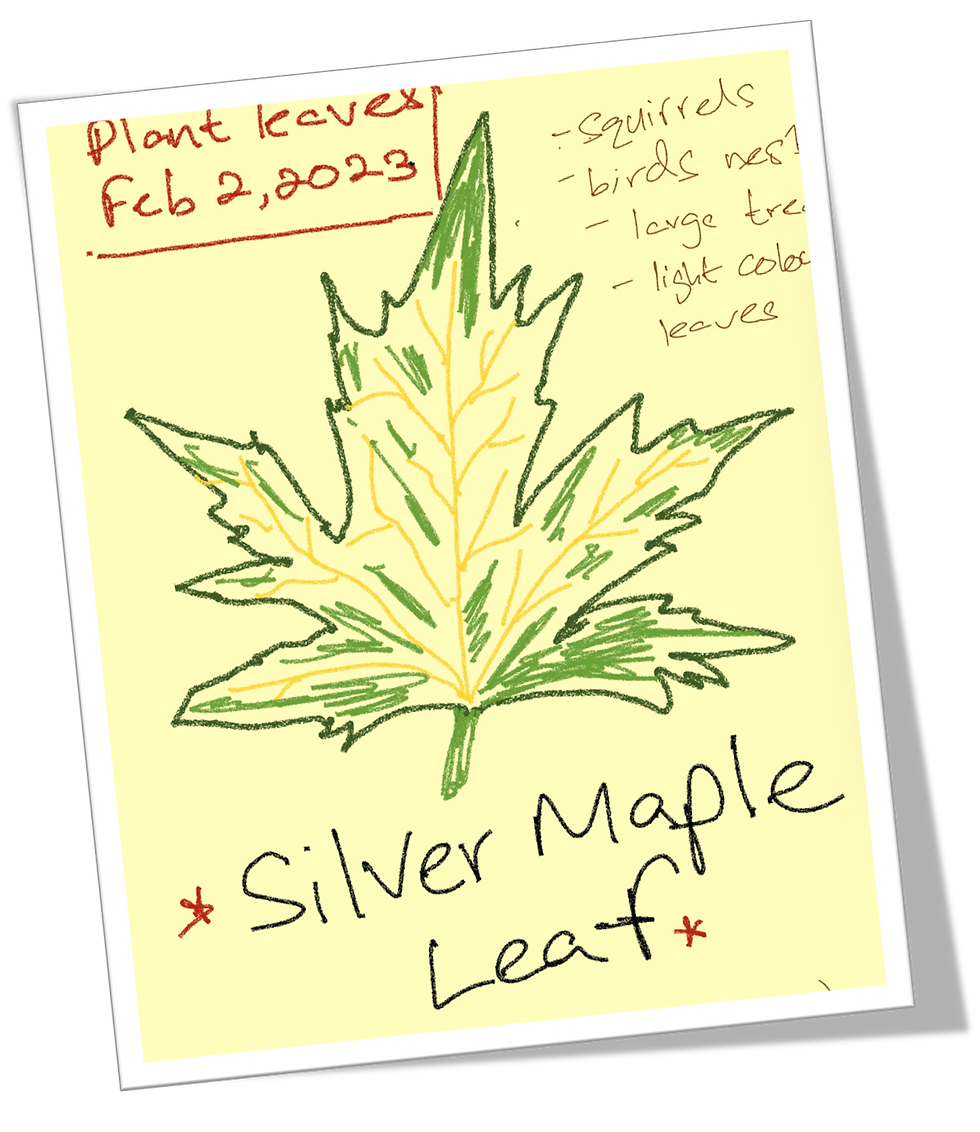6 Steps to Cultivating an Edible Landscape
- Dallington Pollinator

- Oct 27, 2023
- 3 min read
By Larry Waters

Photo via Pexels
Maybe you dream about growing your own food, but you don’t know where to begin. Even if you have a small yard or balcony, you can start by cultivating an edible landscape full of tasty fruits, vegetables, and herbs. Getting involved with a program like the Dallington Pollinators Community Garden is a great way to learn the ropes. In this article, we’ll talk about how to select the right plants, establish your landscape layout including a seating area, keep pests away, and pass on your knowledge through YouTube.
1. Choose Your Plants
Kick off your edible landscaping project by deciding which plants you want to grow. Make sure to factor in your area’s climate and your available space. Plus, think about what you like to eat, and what will look aesthetically pleasing. Heavy Petal recommends growing rhubarb, shallots and onions, perennial herbs like lavender and thyme, and blueberry or blackberry bushes. Colorful leafy greens like rainbow chard can also be a great choice.
2. Design Your Garden Layout
Next, you’ll have to plan the layout of your landscape. Reader’s Digest recommends placing your plants in areas where they will receive several hours of sunlight per day. Don’t forget to test your soil to ensure it has the proper pH for your plants to enjoy healthy growth. You can also add tunnels and obelisks for vertical crops and use containers for containers for herbs and compact vegetables. It doesn’t hurt to add outdoor decor like small statues or fountains, either.
3. Designate an Outdoor Seating Area
Setting up an outdoor seating area in your yard will help you make the most of your garden. You’ll be able to dine outside while enjoying fresh produce that you grew! Plus, some outdoor renovations can even boost your home’s value. As you update your outdoor space, make sure to keep track of your specific improvements by taking before-and-after photos, and hold on to any receipts so that you illustrate the increase in your home’s value.
4. Address Garden Pests
If your garden attracts pests, you probably won’t get the bountiful harvest you were hoping for. Thankfully, you can often use eco-friendly solutions to address a pest problem. For instance, if you’ve noticed that Japanese beetles are munching on your fruits and vegetables, planting African marigolds or geraniums can help you get rid of the problem without using pesticides.
5. General Upkeep Tips
You’ll want to tend to your edible landscape daily. You can check for signs of pests, see if any of your plants seem to be struggling, take care of any necessary pruning, and monitor your fruits and vegetables to see when it’s time to harvest them. Additionally, you could consider introducing beneficial insects. While some insects are pests, some can actually benefit your garden. Attracting bees, flower bugs, and garden spiders is an easy way to pollinate your plants while reducing the presence of other pests.
6. Start an Educational YouTube Channel
Do you want to teach other people how to grow edible gardens? You may want to launch a YouTube channel dedicated to this topic. You can create videos on different gardening techniques and document your personal process. If you’d like to monetize your channel, make sure to register it with the proper business structure.
Edible gardening doesn’t have to be complicated! If you have outdoor space, you have the ability to start an edible garden, cook with homegrown produce, and share your harvest with your friends and neighbors. With these tips, you can nix garden pests, set up a relaxing outdoor dining space, and educate other people on your efforts through YouTube.
Want to learn more about growing an edible garden?
Get involved with the Dallington Pollinators Community Garden!
Written by Larry Water
Larry Waters is a a proud member of Dallington Pollinators. “Sow Sustainability” was created by Larry to connect home and community gardeners to horticulture experts. Larry hopes to grow the site into a forum where gardeners and horticulture experts can exchange information and form relationships that allow them to better serve their communities and make local gardening a regular way of life for all.
#FoodSecurity#CommunityGarden#Dallington#Sustainability




Comments